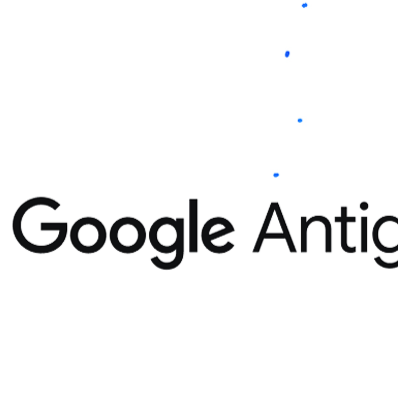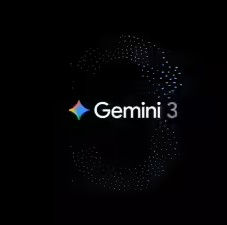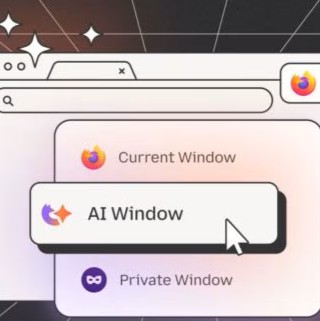The Dawn of an Agent-First Development Paradigm
Software development tools have long focused on accelerating code writing, but Antigravity introduces a fundamentally different paradigm: one where AI agents become first-class citizens. According to Google, the goal is to move beyond “autocomplete” or sidebar helpers and deliver full-task autonomy.
The platform’s architecture centres on three core capabilities:
- Editor View: A modern AI-powered IDE experience, with tab completions, inline commands and an agent side-panel for synchronous interaction.
- Manager Surface: A dedicated dashboard for spawning, managing and observing multiple agents across different workspaces—enabling asynchronous, multi-agent workflows. Artifacts & Verification: Instead of showing every internal tool call, agents output deliverables—task breakdowns, implementation plans, screenshots or browser recordings—that you can review and comment on, fostering trust in the work process.
By combining these elements, Antigravity pushes developers to think at a higher "task-oriented" level rather than “line-of-code” level, letting agents handle the details and leaving humans to guide and approve.
Practical Use Cases: What This Means for Developers
Delegating end-to-end tasks
Imagine requesting a new UI component or feature and having an agent autonomously write the code, launch the build in a terminal, open a browser, test the component and capture results—all without constant human supervision. Antigravity enables exactly that.
Iterating UI/UX at high velocity
Developers can now ask for UI changes, watch agents refactor code, update styles, launch previews, and provide screenshots or walkthrough videos as artifacts. This reduces context-switching and accelerates feedback loops.
Background maintenance and bug-fix workflows
With the Manager surface, you can dispatch agents to run long-running tasks—like reproducing complex bugs, generating unit/integration tests, and then implementing fixes—while you focus on other priorities. Review progress through artifacts rather than real-time supervision.
Trust, Transparency and the Role of Artifacts
One of the biggest hurdles in agentic workflows has been trust: how can a developer believe that an autonomous agent is doing the right thing? Antigravity’s answer lies in the artifact system. Rather than drowning you in raw logs or hiding actions in black boxes, agents output human-readable artifacts—task lists, implementation plans, polling results, screenshots, recordings—that give you insight into what they’re doing and why..
These artifacts allow you to comment (much like you would on a document), send feedback, and have the agent incorporate your input mid-workflow—all without stopping the agent’s flow.
Built for Choice, Speed and Cross-Platform Developers
Antigravity is available as a public preview, free of charge for individual developers, and supports macOS, Windows and Linux platforms.
Model-flexibility is also built in: while the platform is tightly integrated with Google’s Gemini 3 Pro model, it also supports alternatives such as Anthropic’s Claude Sonnet 4.5 and OpenAI’s GPT-OSS, giving developers model optionality.
According to official details, the rate-limits for Gemini 3 Pro refresh every five hours and are generous enough that only a small fraction of power-users will hit them.
Why It Matters: Trends in AI-Assisted Software Engineering
- Shift from “assistant” to “agent”: Tools like code completion or sidebar chat bots are now replaced by coordinated agent teams that can plan, act and verify autonomously.
- Higher-level abstraction: Developers are moving away from meticulous code-by-code intervention toward oversight, architecture and orchestration of agents.
- Easing context switching: With agents that span editor, terminal and browser surfaces, the friction of switching tools and modes is reduced.
- Auditability & governance: The artifact approach makes model-driven work more transparent and reviewable—critical for enterprise workflows and compliance.
- Multi-model flexibility and cross-platform availability: Supporting different models and major OS ecosystems broadens adoption and reduces vendor lock-in risk.
Launch Details & Availability
The platform was officially announced on November 18 2025. It is now available in public preview and free for individual users.
Challenges and Considerations
While Antigravity presents significant promise, several considerations remain:
- Learning curve: Shifting from “type-code-run” to “define task-review artifact” may require new workflows and culture change.
- Agent reliability: Even with artifacts, the correctness of autonomous agents must be carefully evaluated in production contexts.
- Resource consumption: Running multiple agents, browser automation and test suites may increase compute needs.
- Governance & security: With agents operating terminals and browsers, safeguarding data, credentials and dependencies becomes critical.
- Model-biases & limitations: As with any AI-driven system, agents will inherit model limitations and may require human oversight for critical logic and design decisions.
Outlook: Where Development is Headed
Antigravity signals a clearer path toward agent-oriented engineering. As more teams embrace this paradigm, we may see:
- Full-stack agents that handle feature design, coding, UI testing, deployment and monitoring.
- Multi-agent “dev-ops teams” within the IDE—front-end, back-end, QA agents collaborating in parallel.
- Higher level role for human developers: setting goals, defining quality constraints, reviewing artifacts rather than writing every line.
- Broader enterprise adoption as artifact-based auditing supports governance, compliance and security workflows.
- Competitive momentum across the industry: other platforms will likely adopt similar agent-first models, amplifying innovation.
Conclusion
With Antigravity, Google has taken a bold step toward reshaping how software is built. By letting autonomous agents work across editors, terminals and browsers—and by surfacing their work through verifiable artifacts—developers can shift up the abstraction ladder, focusing on architecture, oversight and high-level tasks. For teams ready to adopt the agent-first paradigm, the era of software development as we’ve known it may be entering a transformative phase.
Source:googleblogGPT







